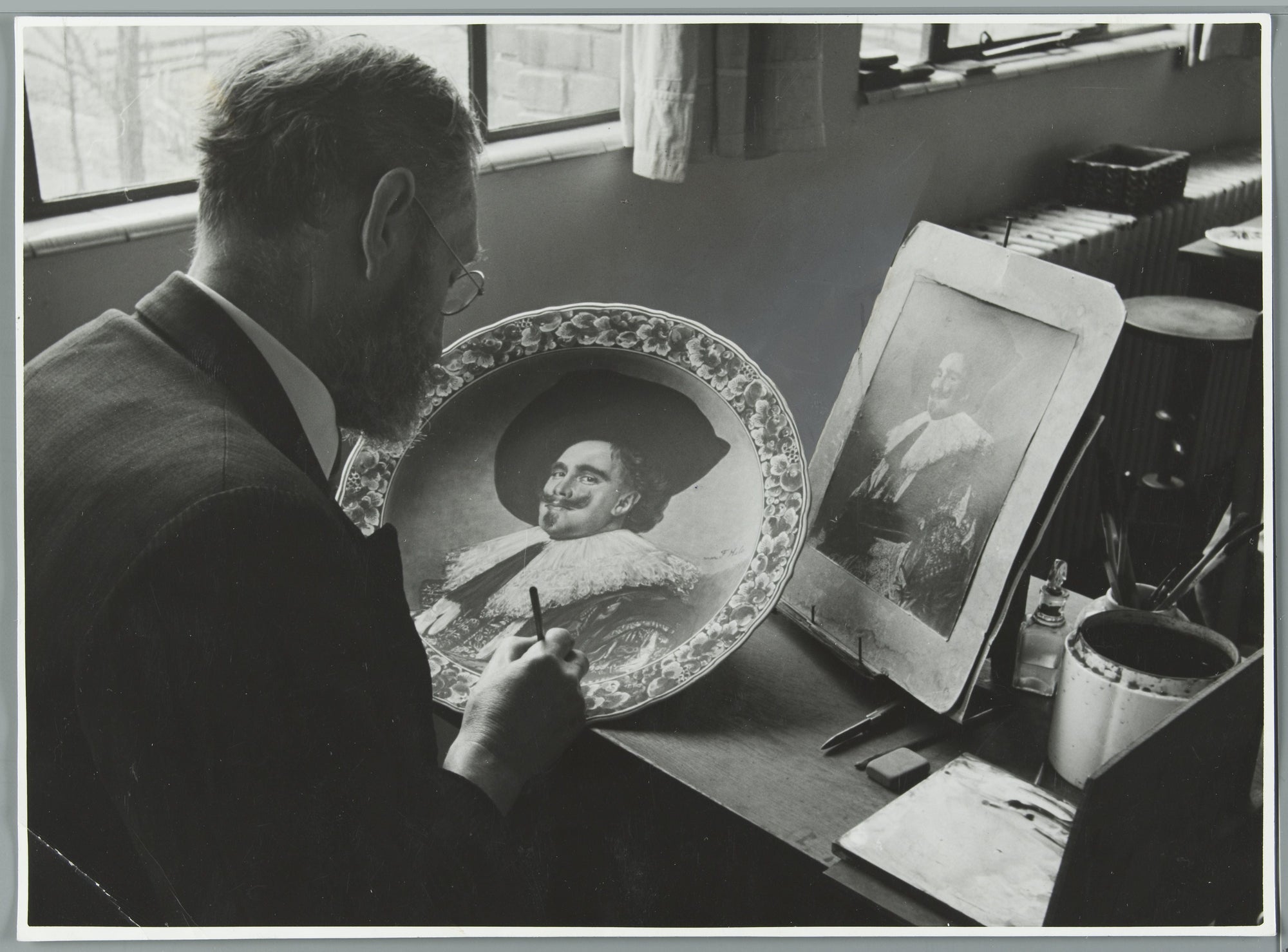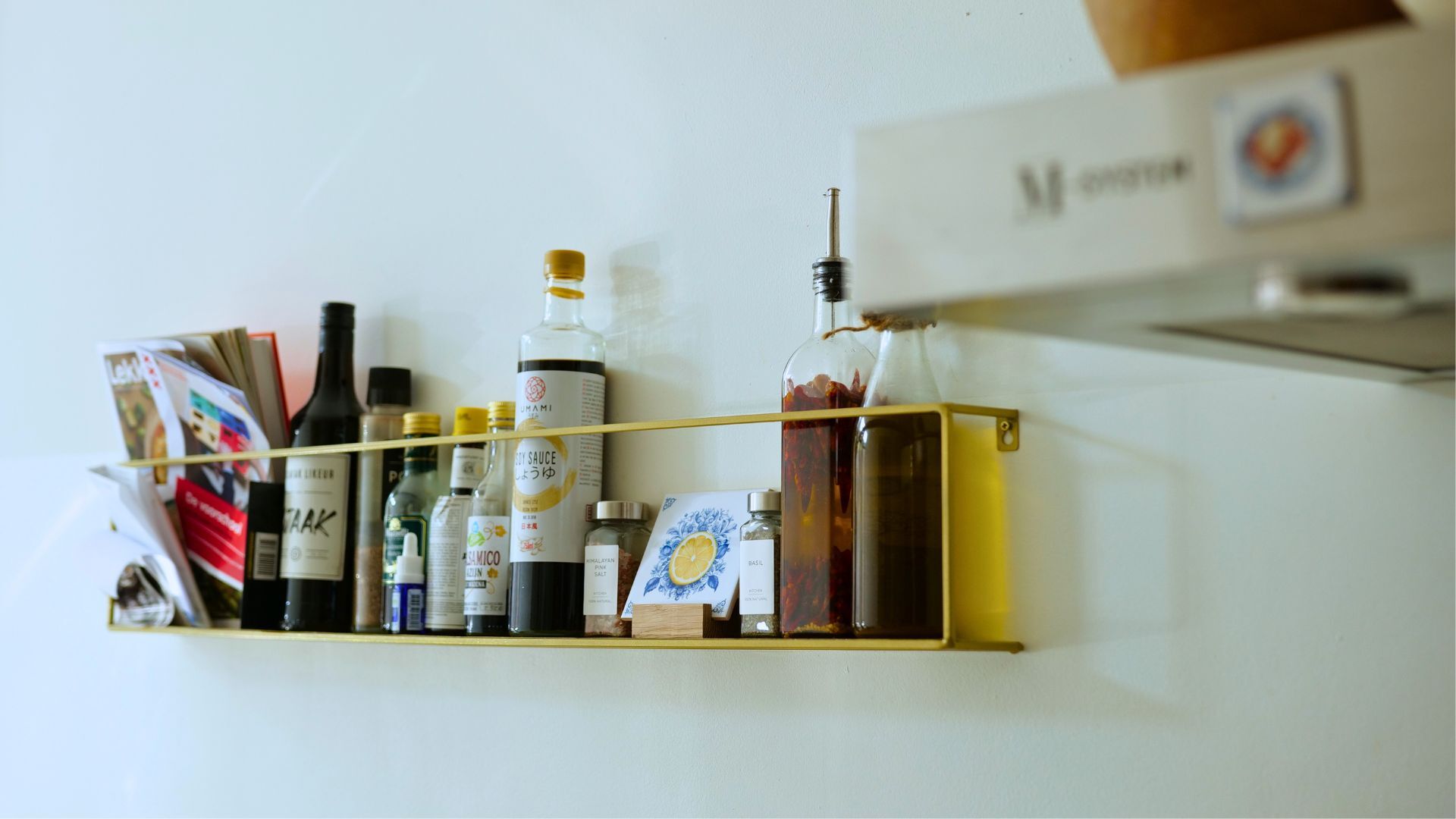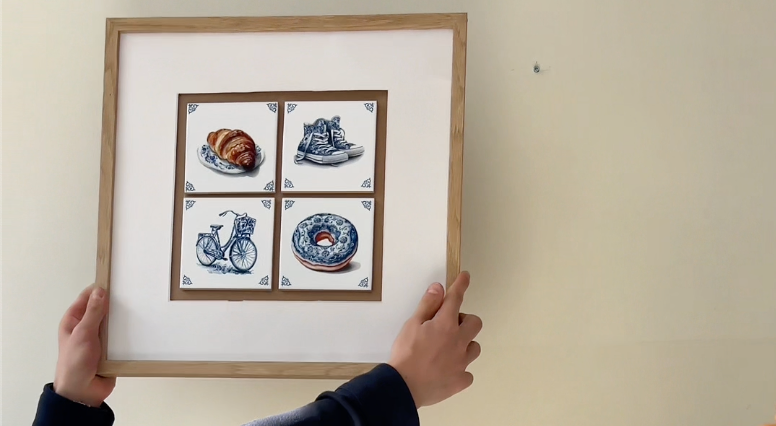Delft Blue ceramics are world-renowned for their intricate patterns and striking blue-and-white designs. But have you ever wondered where the signature blue color comes from and how it’s created? This distinctive hue isn’t just paint—it’s the result of a fascinating process steeped in tradition and chemistry.
The blue in Delft Blue tiles and pottery originates from cobalt oxide, a naturally occurring mineral. Cobalt has been used in ceramics for centuries due to its vibrant and stable color when fired at high temperatures. This mineral was historically imported to the Netherlands, often from regions as far away as Persia and Germany, making it a valuable and sought-after material.
In the creation of Delft Blue, the cobalt oxide is ground into a fine powder and mixed with water to form a paintable substance. Artists then hand-paint designs directly onto the raw, unglazed ceramic surface. At this stage, the paint appears black or grey, making it challenging for artists to visualise the final design. Precision and experience are essential, as there’s no room for mistakes!
After painting, the ceramic piece is coated in a clear glaze and fired in a kiln at temperatures exceeding 1,000°C. During firing, the cobalt oxide reacts with the glaze, transforming into the vibrant blue color that Delft Blue is famous for. The heat fuses the paint and glaze to the ceramic, creating a durable and permanent finish.
This intricate process has remained largely unchanged since the 17th century, when Delft Blue first rose to prominence as a Dutch adaptation of Chinese porcelain. Today, the same time-honoured techniques are used to create both traditional and modern designs, preserving the legacy of Delft Blue craftsmanship.
The iconic blue of Delft ceramics isn’t just a color; it’s a reflection of artistry, history, and a touch of alchemical magic. Next time you admire a Delft Blue tile, you’ll know the meticulous effort and skill that goes into creating its timeless beauty.



